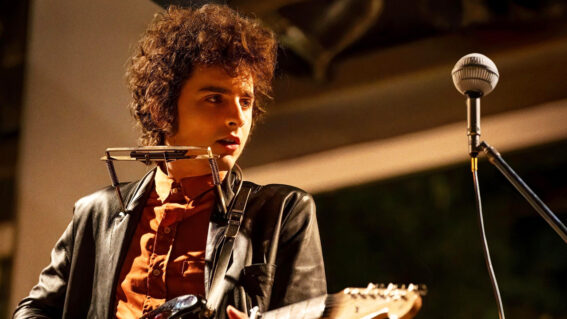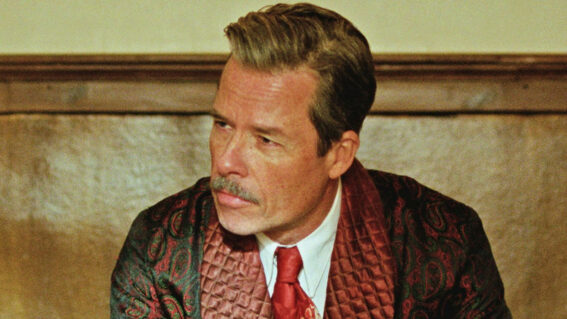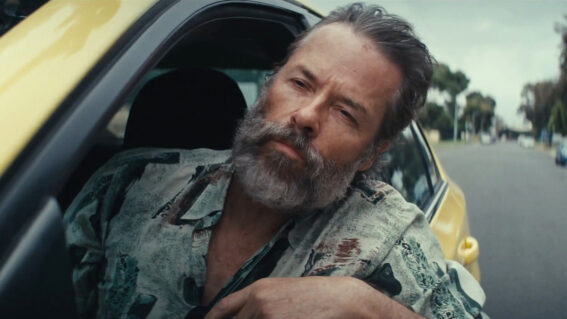Five gobsmacking virtual reality films every movie buff should watch
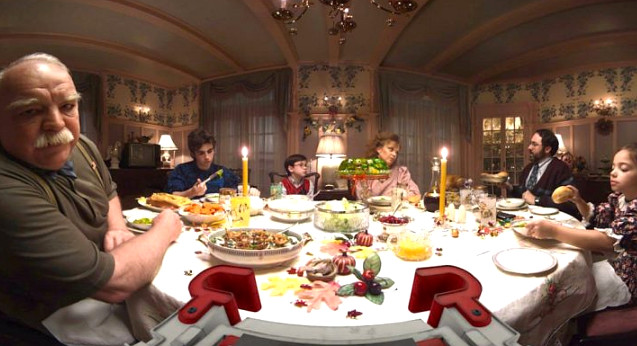
After many decades of speculation, including mind-bending scenarios prophesied in The Matrix and The Lawnmower Man, virtual reality headsets finally arrived on the mass market in 2016. With them came an enormous amount of speculation pursuing the question of whether VR might represent the future of cinema and filmmaking. If it is too early to gauge such pie-in-the-sky ideas, it is not too early to look at some of the seminal virtual reality films made so far, in the context of how they apply filmmaking techniques.
I’ve selected five excellent, innovative VR films that all movie buffs should watch, and explained why they are key to understanding this new art form. These titles have been limited to those available on the Oculus Rift store, through Oculus-compatible devices (if you have a Samsung phone, you can pick up a headset for as cheap as $59). How often do we get the opportunity to explore a genuinely new form of digital storytelling? It’s an exciting world out there, built, at least in part, on the language of the cinema. Without further ado…
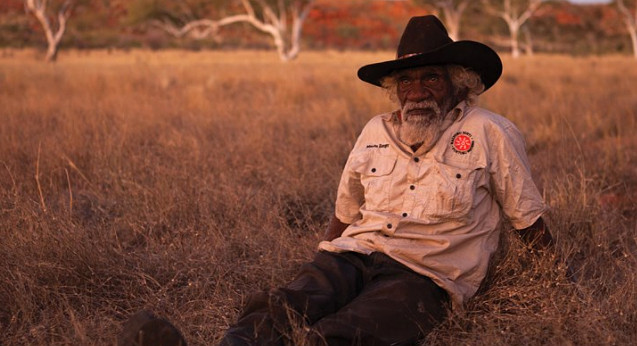
Collisions
The acclaimed filmmaker and multimedia artist Lynette Walworth told me that when she began researching virtual reality technology for her first VR film, Collisions, she was told not to move the camera and to resist scene to scene transitions (for fear of making audiences nauseous). In her beautifully made documentary, which captures the story of Indigenous elder Nyarri Morgan (whose first glimpses of western culture was witnessing an atom bomb detonated in the Australian desert in the 1950s), Walworth moves the camera regularly and there are numerous transitions.
In these formative years of the technology, the first wave of VR filmmakers define rules by breaking them. Some of the techniques Walworth deploys were developed more than a hundred years ago, by cinema pioneers such as D.W. Griffith. These old techniques, in a different space with a developing language, take on new meaning and purpose. When we hear a person at Morgan’s front gate, for example, and instinctively turn our heads to observe them, a subtle but seismic change has occurred. As Walworth puts it: “Sound is the new cut.”
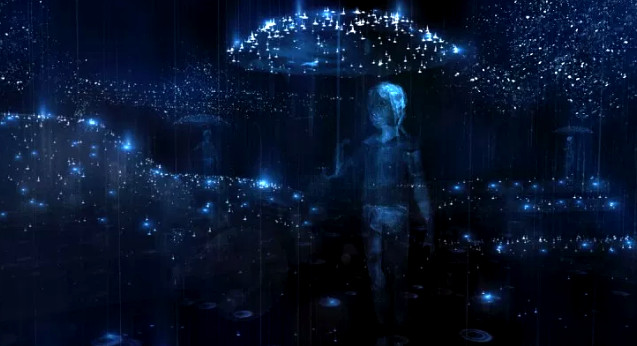
Notes on Blindness: Into the Darkness
The great documentary this film accompanies, Notes on Blindness, captures the personal journey of academic John Hull, who, in the process of going blind, created extensive audio recordings documenting the experience. In the feature-length film, actors mime his pre-recorded words. Notes on Blindness: Into the Darkness (directed by Arnaud Colinart, Amaury La Burthe, Peter Middleton and James Spinney) also achieves a striking combination of documentation and recreation.
The filmmakers place the viewer inside a public park (and later a cathedral) ensconced in darkness. When the viewer turns their head, visual elements in enigmatic blue outlines are revealed, matched to the words of Hull’s narration – a mixture of record-keeping and profound reflection. It would be too much to say the film in any way recreates the experience of going blind (and who could possibly make that call?) but it succeeds, in ways no traditional film has, in synchronising an empathy-generating narrative with completely immersive use of location.
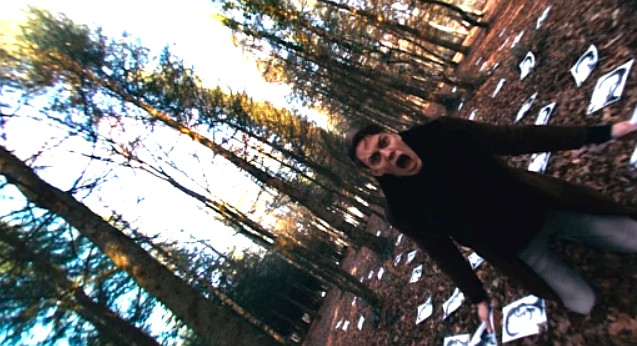
Alteration
Collisions and Notes on Blindness: Into the Darkness are works of taste and sensibility: conscientious; refined; poised. Alteration, from director Jérôme Blanquet, is the berserk art project that throws all kinds of mud to see what sticks. The official synopsis tells us that “Alexandro volunteers for a dream experiment”, which involves being injected with an artificial intelligence that “will digitise and take over his subconscious.” There is a message about the dangers of giving too much power to machines and/or tech companies, with a measure of irony in that the film was partly funded by the Facebook-owned Oculus.
The semi-nightmarish dreamscape environment of Alteration is strange and exhilarating. Seeing a woman’s face, up close, morph into a dribbling canvas of splotchy colours and patterns, is one of the film’s thrilling and unsettling images. Likewise for an obscured pool-side tableau that only becomes clear when the viewer turns their heads, by simple motion unlocking some of its secrets. There is also a shot of a forest that is stunning because of the way it is framed. Blanquet turns the image on its side, with the ground reaching upwards and the sky extending horizontally.

MIYUBI
With a running time that exceeds 40 minutes, marking the longest VR film to date, the Funny or Die-produced MIYUBI is a comedy – a genre largely unexplored in virtual reality. A headline from The Verge called it “the first VR movie to feel like a real film,” capturing the sentiment that greeted its release. Presumably descriptions like that were triggered by the running time, and also by virtue of the film being scripted (most VR films are documentaries).
If MIYUBI ‘feels like a film’, however, it feels like a very different kind of film. The viewer inhabits the body of a small robot, which strongly influences – if not shapes – visual composition. Most angles capture low angle shots, close to the ground, engendering a sense of powerless voyeurism. This technique also has an interesting affect on how actors regard the camera. Sometimes it is treated like an elephant in the room, actors pretending to pretend it’s not there. Or they acknowledge it continuously, as if it were the only thing deserving of their attention.
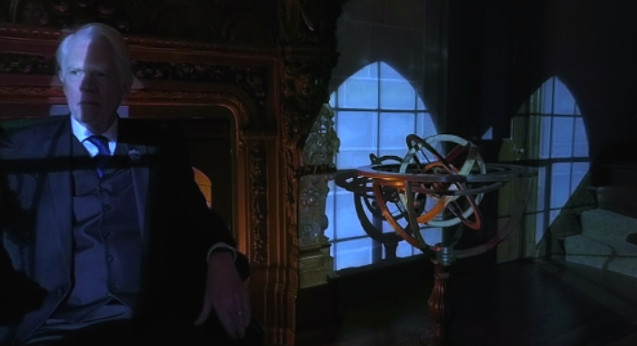
Alteration
If Collisions demonstrated that basic cinematic techniques work in VR (though that is not the same as saying all its techniques were basic) the more frenetic, pulpy, genre-coded Invisible extends this thesis. Produced and in part directed by Doug Liman, whose traditional films include The Bourne Identity and Edge of Tomorrow, it is a five part series following a flaky storyline about a New York family who steer the world’s economy by usurping their ability to turn invisible.
Invisible has a high-end TV vibe, with musical credits sequences, atmospheric staging and a range of flashy flourishes. One recurring technique, visualising multiple scenes simultaneous, blurs the line between montage and split-screen. Turn your head and it’s a montage; position your head in a certain way (allowing the ability to watch multiple scenes at once) and it’s a split-screen. Invisible is among the flashiest and most consistently inventive VR work to date. One shot (in the first episode) reveals the world from the perspective of an invisible person, and another (in episode three) from the perspective of a partly buried coffin, before it’s set on fire.



